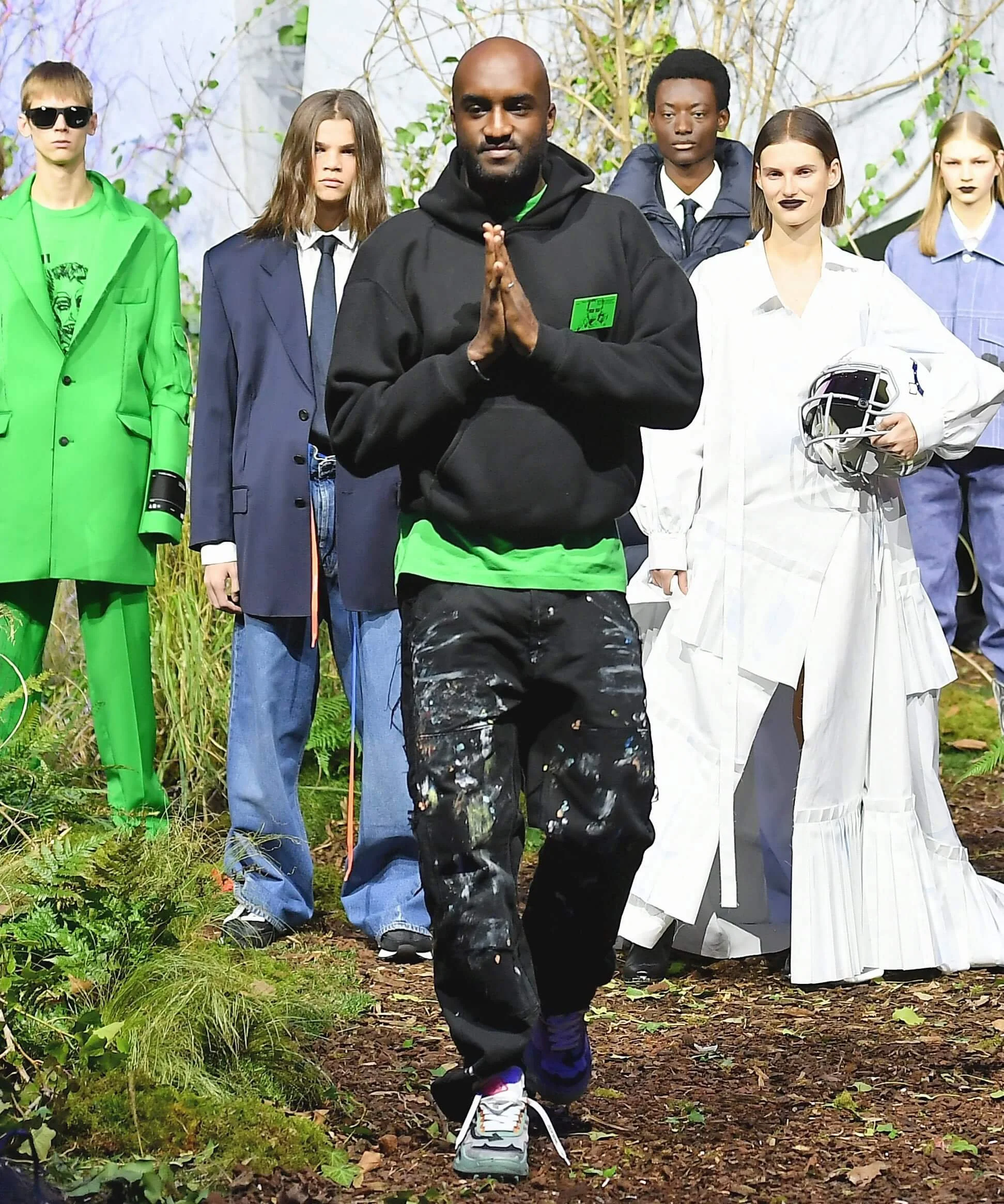Streetwear’s Evolution: From Subculture to High Fashion's Mainstay
In the ever-shifting landscape of fashion, few styles have experienced a meteoric rise quite like streetwear. What began as a subcultural phenomenon, born from the gritty streets of urban America, has now permeated the highest echelons of luxury fashion. From skate parks and hip-hop clubs to Paris runways, streetwear has evolved into a global force. Yet, as its influence continues to expand, questions arise about its future. Is streetwear still the rebellious outsider it once was, or has it become just another cog in the fashion industry's machine? This journey from the underground to the mainstream reveals much about the dynamics of modern fashion—and its relentless quest for reinvention.
January 8th. Written by Ryan Packer The Origins: A Movement Born on the Streets
Streetwear began as a rebellious expression of youth culture, deeply rooted in the skateboarding, hip-hop, and punk scenes of the 1980s and 90s. It was more than just a style—it was a way of life, characterized by bold graphics, baggy fits, and a do-it-yourself ethos. Brands like Stüssy, Supreme, and BAPE became synonymous with this movement, creating a visual language that spoke to a generation seeking authenticity and identity outside the mainstream.
But what started as a countercultural statement soon caught the attention of the wider fashion industry. By the early 2000s, streetwear began creeping into the collections of major designers, blending its raw aesthetic with high fashion’s polished sensibility.
The Mainstream Takeover: Streetwear Meets Luxury
Fast forward to today, and streetwear is no longer confined to the fringes. It has become a central pillar of contemporary fashion, influencing everything from runway shows to global marketing campaigns. High-end brands like Louis Vuitton, Dior, and Balenciaga have embraced streetwear, launching collaborations with iconic streetwear labels and even hiring designers from the streetwear world, like Virgil Abloh and Kim Jones, to lead their creative directions.
This convergence has led to some of the most buzz-worthy moments in fashion history. Think Louis Vuitton's collaboration with Supreme or Dior's partnership with Nike. These partnerships have not only broken sales records but have also blurred the lines between luxury and streetwear, creating a new hybrid that appeals to both the high fashion elite and the street-savvy youth.
Virgil Abloh’s Warning: The Decline of Streetwear?
However, not everyone sees a bright future for streetwear. In a 2019 interview, Virgil Abloh, a pivotal figure in the streetwear-to-luxury movement, declared that "streetwear is dead." His statement wasn’t a dismissal of the style but a reflection on the oversaturation and commercialization of what was once an underground movement. Abloh suggested that the next phase of fashion would focus on individuality, vintage pieces, and sustainability, steering away from the mass-produced streetwear that had dominated for years.
His comments sparked a debate within the fashion community. Some viewed it as a necessary evolution, while others saw it as a dire prediction for the future of streetwear. Yet, despite Abloh's warning, the genre has proven resilient, continuing to influence new designers and maintain its cultural relevance.
The Future: What’s Next for Streetwear?
Looking ahead, streetwear is poised to continue its reign, but in new and unexpected ways. Emerging designers are pushing the boundaries of what streetwear can be, incorporating sustainable practices, artisanal techniques, and more inclusive sizing into their collections. The focus is shifting back to storytelling and craftsmanship, with brands aiming to reconnect with streetwear’s roots while still innovating.
As streetwear moves forward, it’s clear that its journey is far from over. Whether it’s dominating the runways or returning to its street-level origins, streetwear’s evolution is a powerful reminder of fashion’s ability to adapt, absorb, and redefine itself.
The Pushback: Is Streetwear Losing Its Edge?
This mainstream success has not come without its critics. Some purists argue that streetwear has lost its original spirit. What was once a subversive, anti-establishment movement has been co-opted by the very industry it sought to distance itself from. The irony of a $1,000 hoodie being sold by a luxury brand isn’t lost on those who remember when streetwear was all about affordability and accessibility.
Yet, this critique misses a broader point: streetwear’s evolution is a testament to its cultural power. It has not only survived but thrived, continuously adapting to remain relevant in an ever-changing fashion landscape. Streetwear is no longer just a trend; it’s a testament to the enduring influence of urban culture on global fashion.


